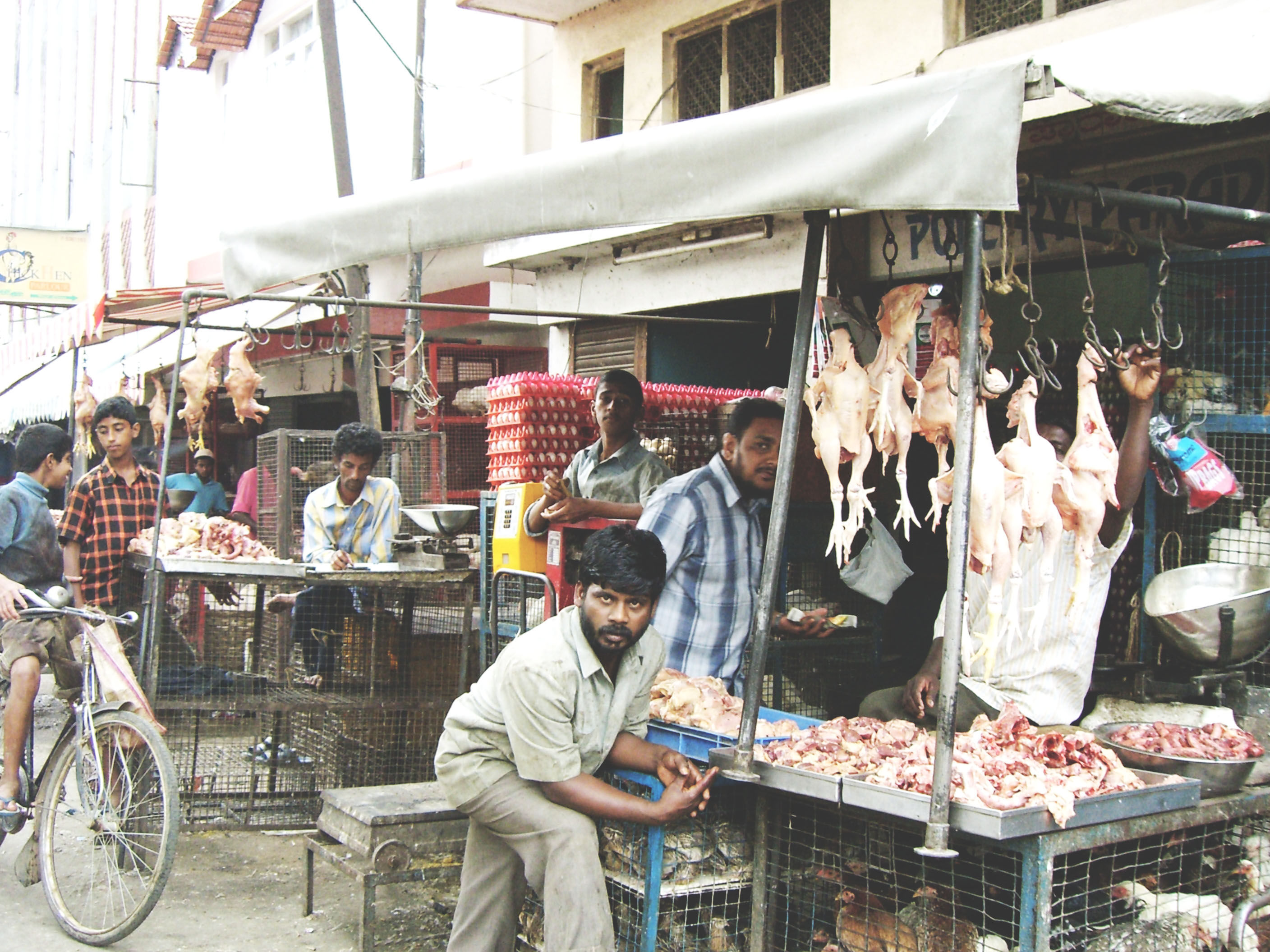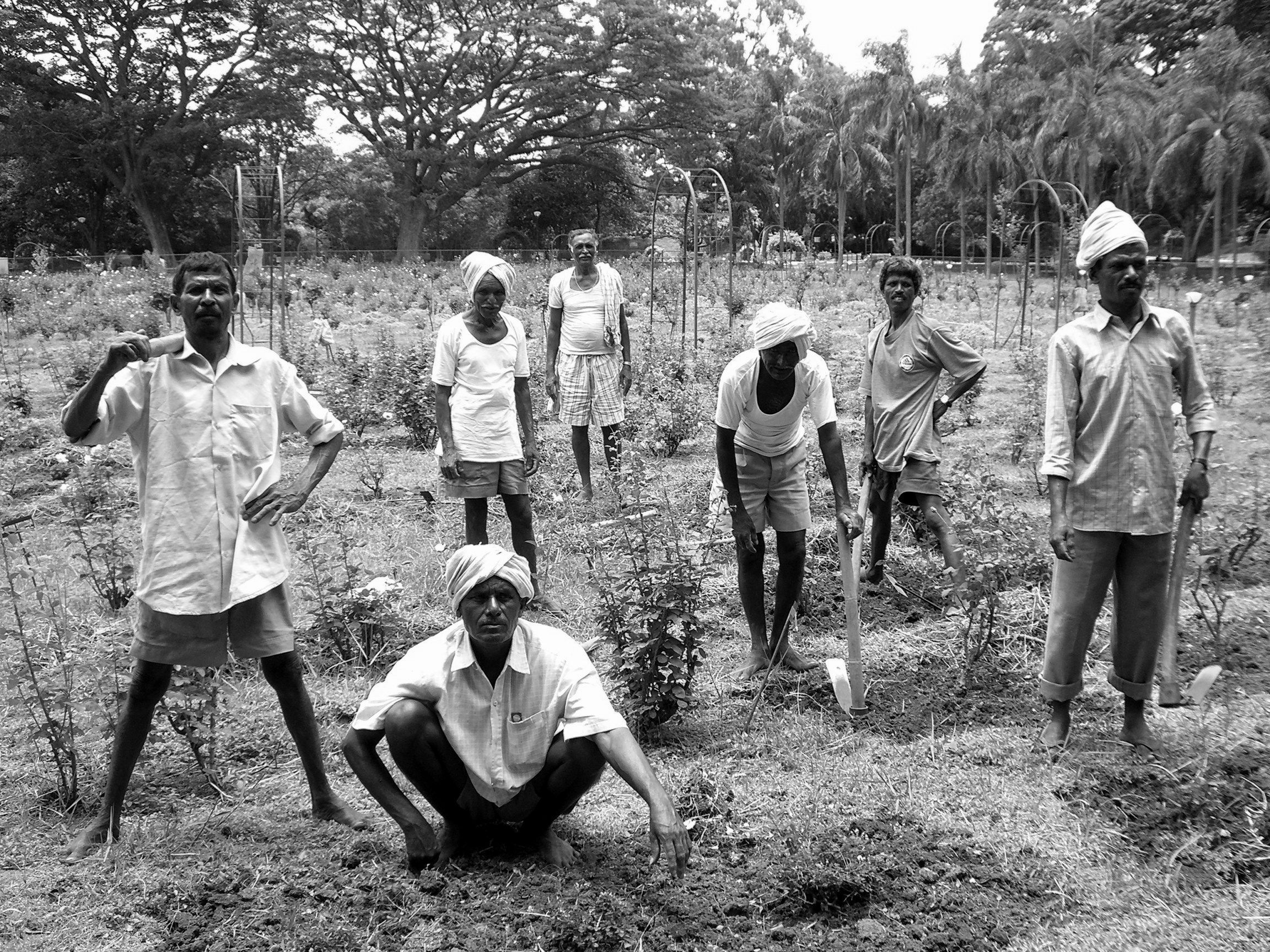My journey to India was unlike any other. Europe and South America are in my blood, but Asia is a whole other creature, and India was simply chaotic. The car ride to the Halcyon Apartments in Koramangala where I would be living in for three weeks was the ride of a lifetime. The roads had no lanes, people used no turn signals, and the drivers had no desire to stop for anything. I felt so close to death at every turn, but our driver told me that I was safe. These roads were the definition of madness, yet they were harmonious. There were no accidents or hurt pedestrians.
Quarter Finalist 2011 Teen Travel Writing Scholarship
I was clearly a tourist as I walked through Lalbagh Park, my fair skin and green eyes shouted that I did not belong, but so did my clothes. A female should not show any skin in the Indian culture and that was clear from the moment I landed. Men walked by me with hard gazes, and for the first time in my life, I felt as if a whole community was telling me that being female was wrong. A lump grew in my throat; what was so wrong about being a girl? As the days continued, I tried to live like a native. I went to the Vibes salon where they applied henna in my hair, went to the Amruth restaurant where I tasted food too spicy for my body to handle, walked through the meat market, and rode in the auto-rickshaws to get around. And as I experienced this, the masses were always there.
Bangalore was two different worlds. It has the Leela Palace and the limousines, the mansions and the gardens. But right next to the glamorous life, there’s an abundance of trash lying on the ground; there are cows and livestock roaming the streets eating everything in their sight and there are the deprived, skinny, people with blank stares sitting in the dirt alongside it all. You see devastation on television, you see poverty and hunger and sadness, but meeting it face to face crumbles the wall of false truth you build up. Close up, you see the defined wrinkles in their faces, the dirt in their fingernails and their crooked teeth. You see the shacks and the boxes they live in. There were children begging for food and mothers with infants, selling whatever they could get their hands on.
It wasn’t until those weeks in India that I began to understand the grave condition some people are in. India opened my eyes to the reality I had never seen before. The children called after me, but I couldn’t help. I saw the crippled, the mentally unstable and the sick along with the rest. The feeling I felt from the condemnation of the men’s eyes was nothing compared to the wave of sadness that overcame me as I repeatedly saw the people in misery. What I began to understand was that discrimination and starvation still exist. It is hard to visualize these truths when they are so far from home. It is hard to understand how fortunate I am with the excess of food and easy access to education I have, because the community which I live in experiences the same thing. But those people in India, and many around the world, do not. Food and education should not be a luxury. This gave me an entirely new sense of compassion for people and the desire to enter a career that sets out to aid those in need. I became interested in psychology after witnessing this everyday tragedy.
Dear Reader: This page may contain affiliate links which may earn a commission if you click through and make a purchase. Our independent journalism is not influenced by any advertiser or commercial initiative unless it is clearly marked as sponsored content. As travel products change, please be sure to reconfirm all details and stay up to date with current events to ensure a safe and successful trip.

